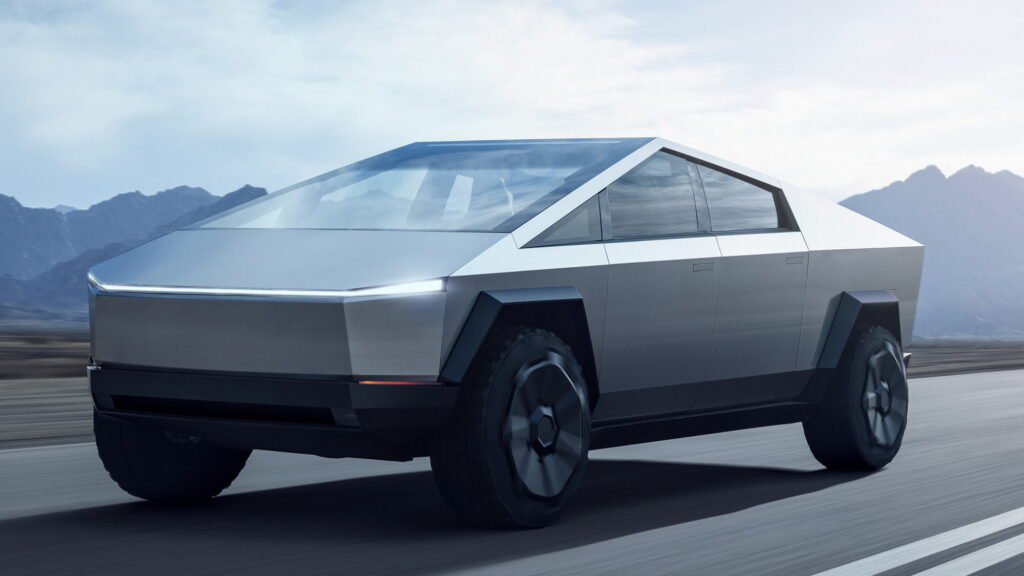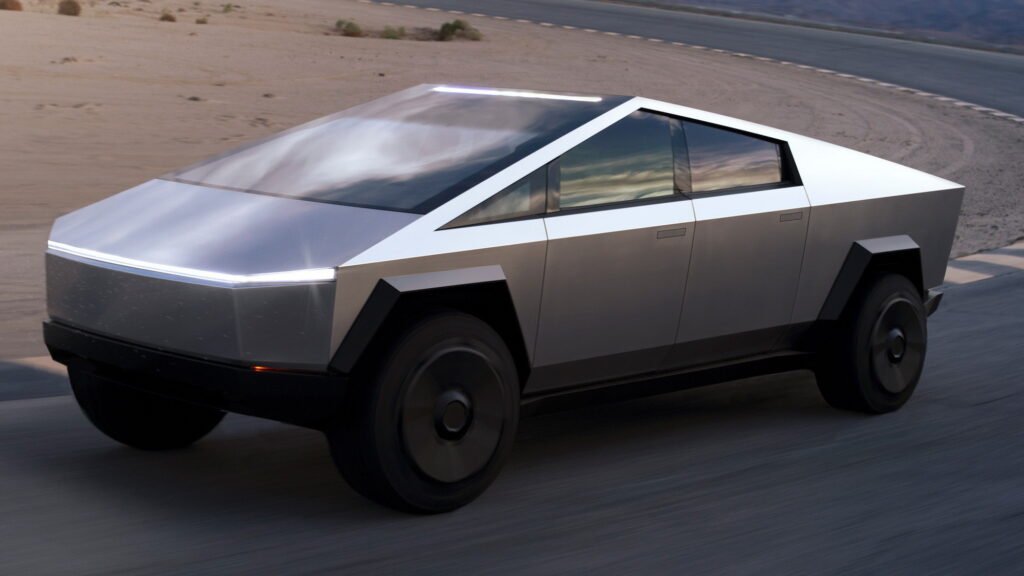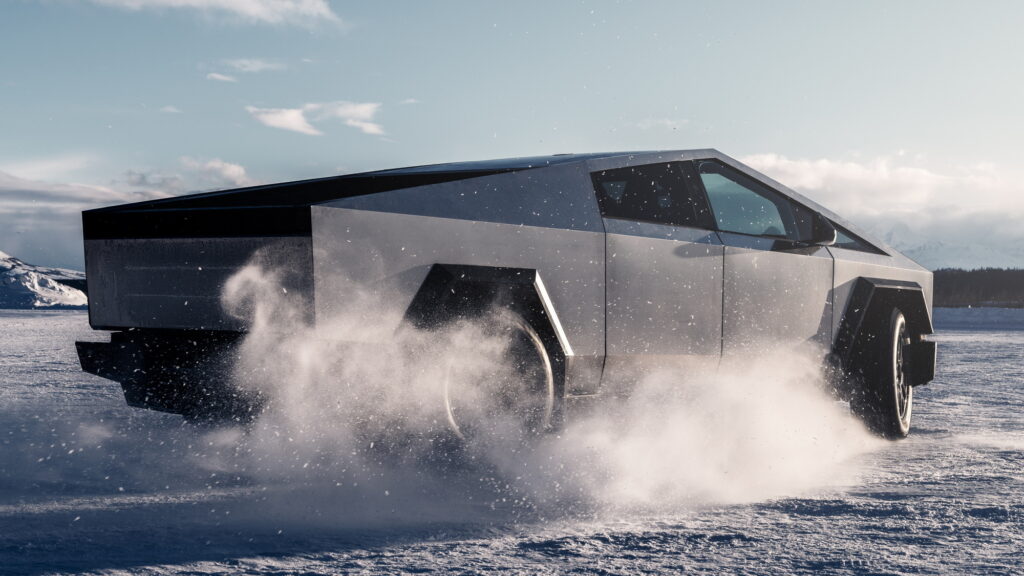As recently as 2022, Tesla’s Cybertruck development program was struggling with basic engineering issues that impact all new vehicles, leaked internal documents show. While some aspects of the development were simply behind schedule, some flaws had no apparent solution, according to engineers working on the program.
Late last month, a mass of internal Tesla data was leaked to the media. Although reports first focused on the issues being faced by drivers using its advanced driver assistance systems, the documents also revealed that the automaker is experiencing fundamental difficulties with the development of the Cybertruck.
“It’s an alpha-stage vehicle, so it’s not surprising that it’s some way off its targets,” Andy Palmer, the former Nissan COO and Aston Martin Lagonda CEO, who has more than 40 years of experience in the automotive industry, told Wired. However, he added that the frankness of the report was shocking, and that he’s surprised that the company wasn’t farther along in the development process in some crucial areas.
Among the issues reported in the documents were concerns with noise, vibration, and harshness (NVH), handling, low-speed maneuvering, body roll, and more. The “strafe mode,” or crab walking feature, had “only basic functionality” according to the document, which was written in 2022.
Read: Tesla Whistleblower Leaks 23,000 Internal Files Relating To Customer Complaints

Palmer was particularly concerned with the braking system, which Tesla rated as “poor” when measured on a Society of Automotive Engineers rating scale. The report suggests that the pedal pressure pad was still under development, leading drivers to experience “excessive pedal travel and inconsistent stop,” as well as “excessive pitch during friction braking,” issues while turning and braking, and power braking instability.
“The brake performance seems serious. I’m surprised they’re not further forward,” Palmer said. He clarified that the brakes and chassis are normally the first things that engineers work on, “so to be only prototype parts at this stage is quite late.”
Not all of the issues can be chalked to up to simply being behind schedule, though. Others seem to be unsolvable or fundamental to the “exoskeletal” design of the Cybertruck. In tests of its suspension, the truck showed a “significant gap to targets” in terms of toe and camber gain. In a column dedicated to solutions to the latter issue, the engineer wrote “possibly none.”
The truck was also experiencing difficulties with torsional stiffness, which Palmer described as “really hard to fix” and “fundamental.” He added that solving the problems will likely add a lot of weight and compromise the design of the truck.
The report follows countless delays to the release of the new truck, which is now expected to arrive in 2024, after having been revealed in 2019. In addition, outside observers raise significant concerns about the stainless steel truck’s ability to pass crash safety and pedestrian safety tests. Meanwhile, the efficacy of its active safety systems has been called into question, all of which paints a picture of a development project that is in turmoil.
Put more bluntly, one automotive engineer who spoke to Wired on condition of anonymity said, “I am astounded. These are classic mechanical automotive engineering challenges that you have in pretty much any vehicle. I’m blown away that they would be struggling so much with the basics.”





